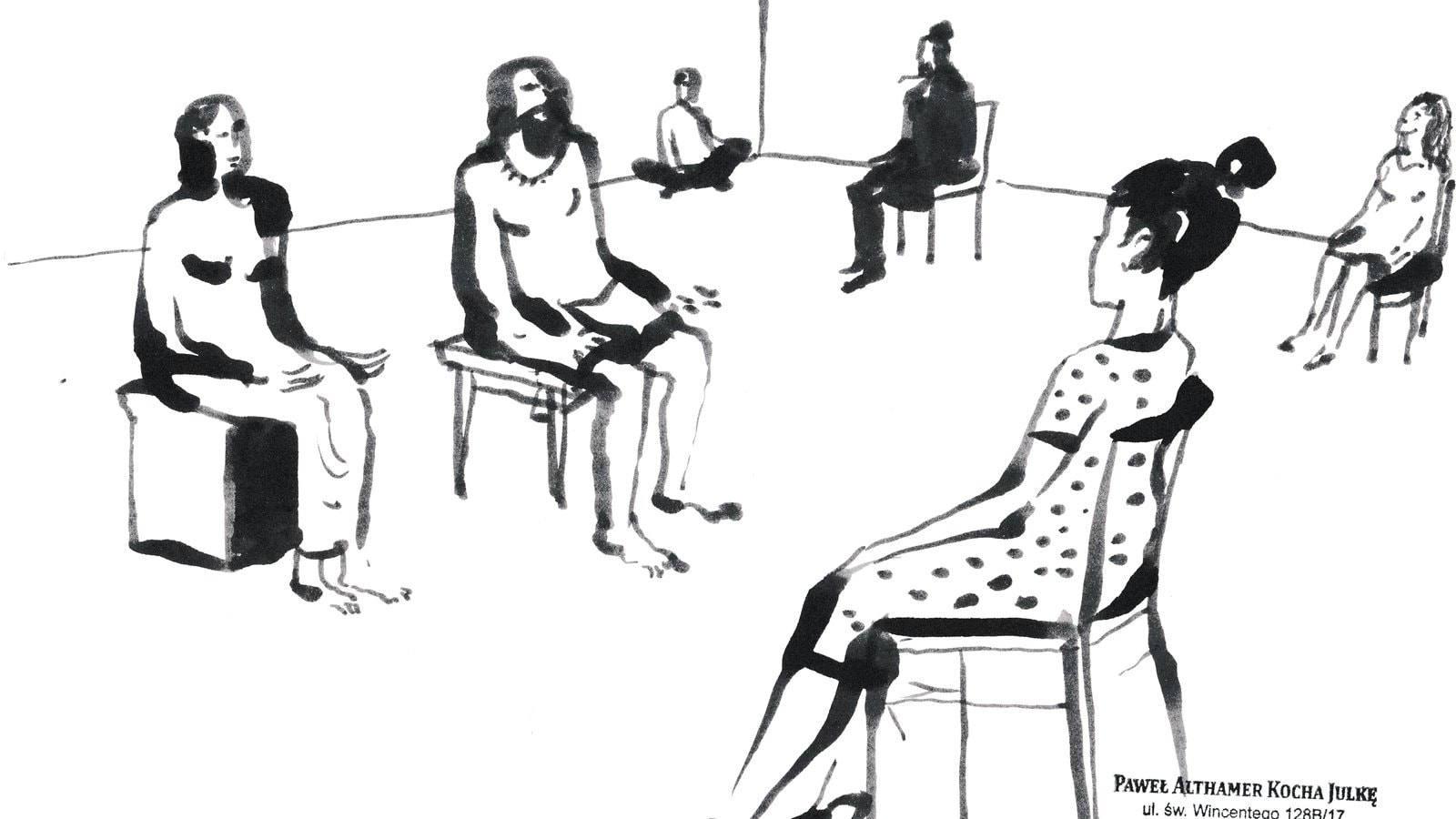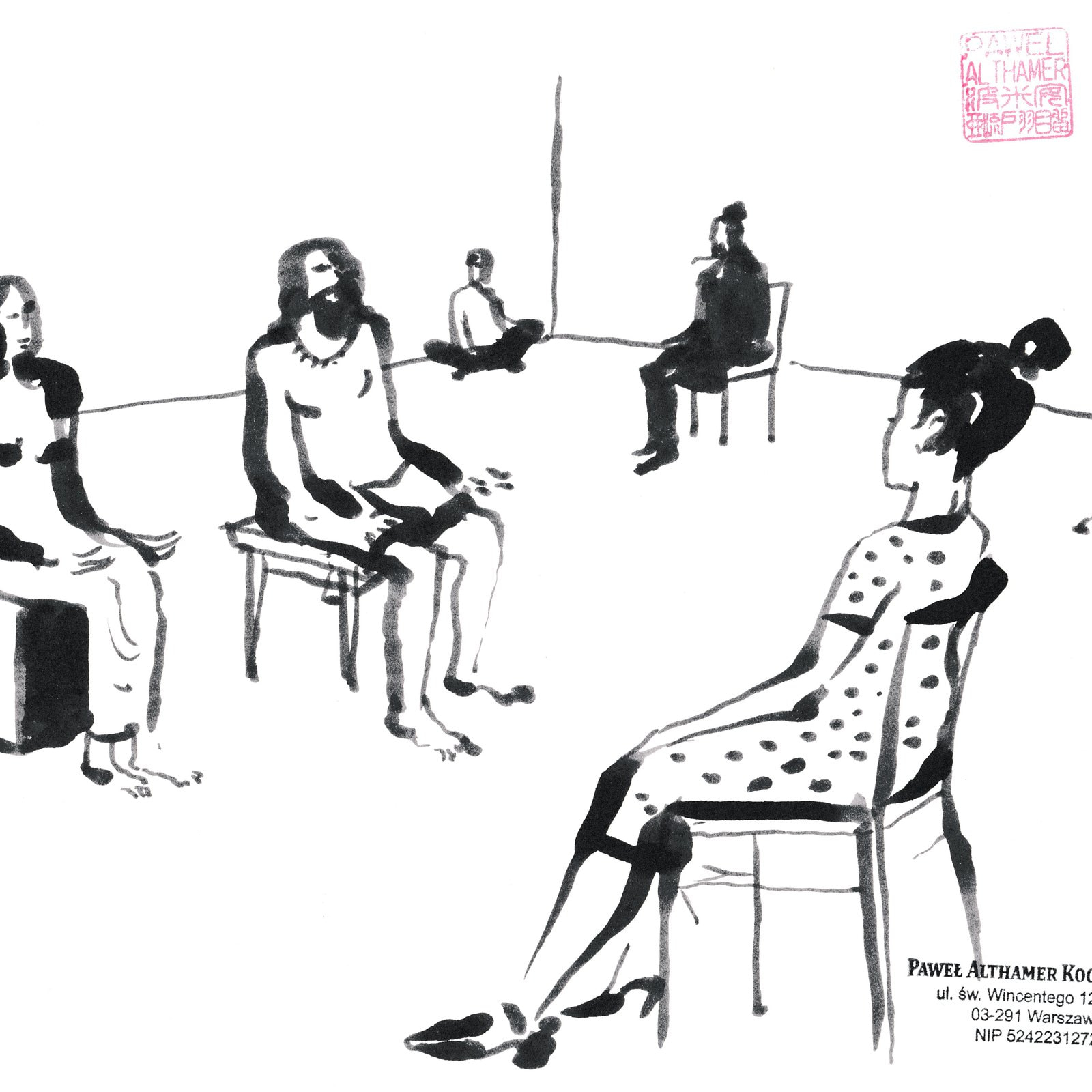Together with artist Nadya Ishkinyaeva, Garage Inclusive Programs Department invites the audience to meditations in Paweł Althamer’s installation Silence. Participants will get acquainted with nonjudgmental perception, learn the basics of audio descriptions of objects or events for blind and visually impaired visitors, and take a fresh look at familiar things.
Paweł Althamer sees in Silence a complex trope, where each tree or bush is a “hidden quote,” but if the garden is a text, then how do you read it?
To answer this question, Nadya Ishkinyaeva suggests turning to the function of alternative text, which has become an important part of the web space. Embedded in the image code, it makes visual content available for the blind and visually impaired. Alt-text, or “hidden text,” is a textual description of an image, and audio description is a verbal way to convey visual information.
A core principle of the audio description technique is the nonjudgmental approach, meaning it only describes what is seen without interpreting and judging it. The human gaze cannot be neutral, however. It is constructed based on the knowledge and experience that our memory actualizes. The gaze recognizes rather than cognizes; that is, it reduces everything unknown to something familiar. This creates a stereotyped view of the world, which, on the one hand, speeds up the processes of perception, and on the other, deprives us of the ability to see in a new way.
In the hierarchy of feelings, the visual dominates, which largely determines our culture and everyday life. Alt-Garden suggests paying attention to the less “popular” organs of perception. In this case, audio description, just like meditation, can rehabilitate a single human sensory apparatus by creating an alternative, more sensory way of producing knowledge.
Through the use of the audio description technique to depict the garden to each other, participants will be able to practice nonjudgmental vision, work with hot (spontaneous) and cold (prepared) audio descriptions, and learn more about the channels of information perception.
This practice is not an immersion in the daily life of blind and visually impaired people, but it can become an opportunity to reflect on patterns of vision, the boundary between subjective and objective gaze, and its role in constructing our ideas of race, class, and gender.

